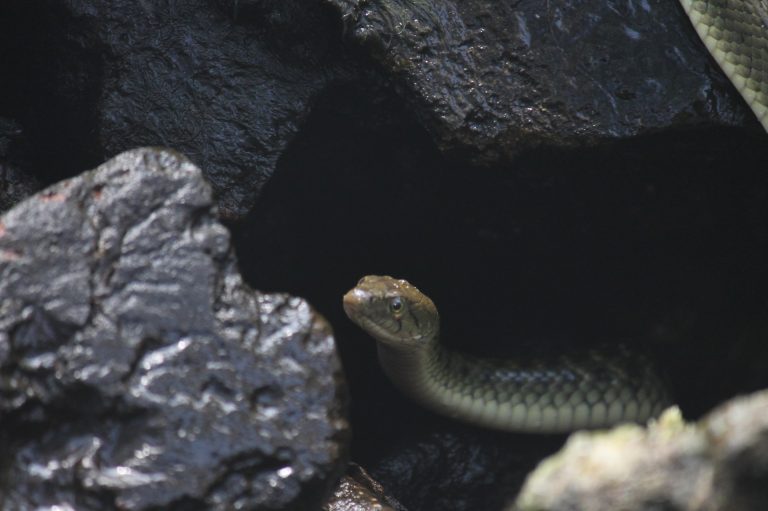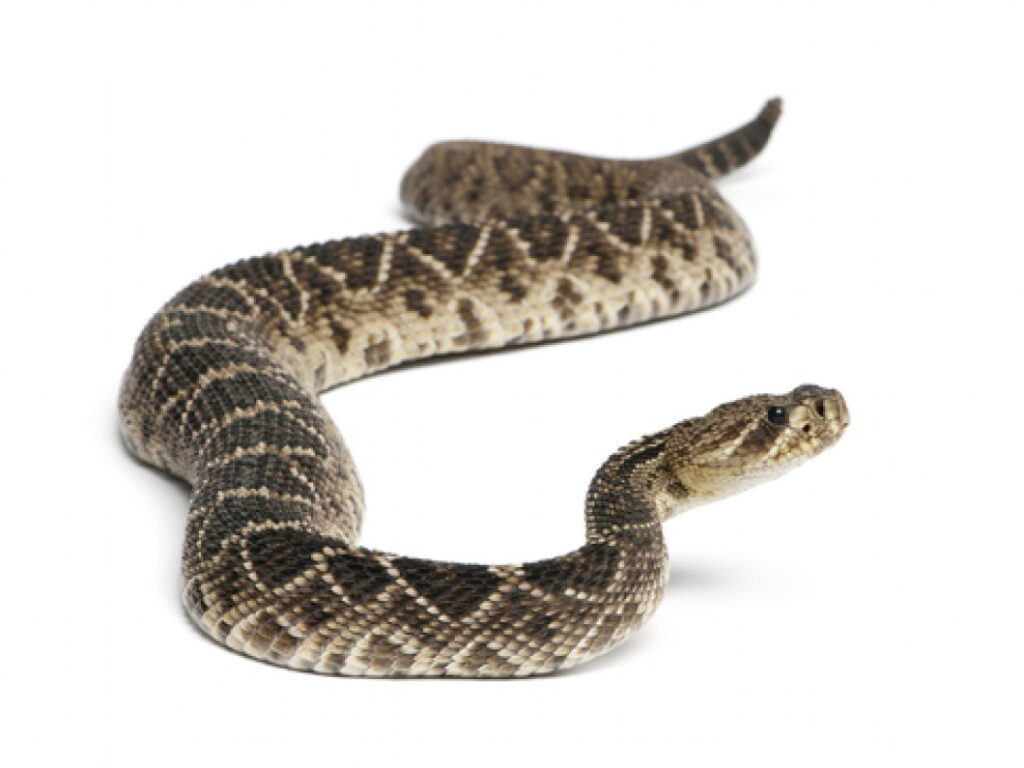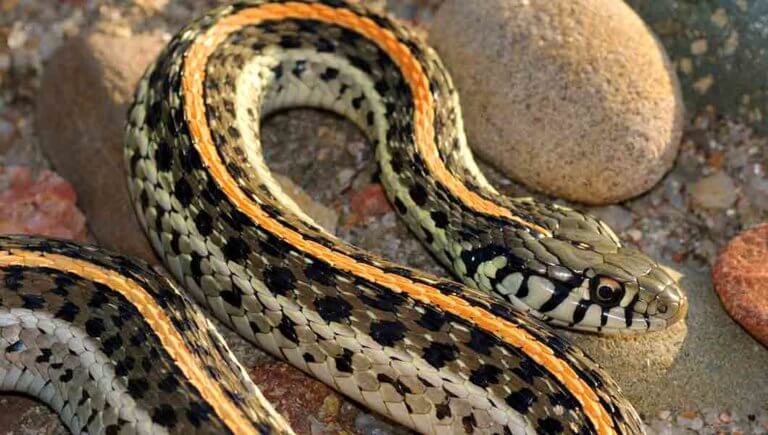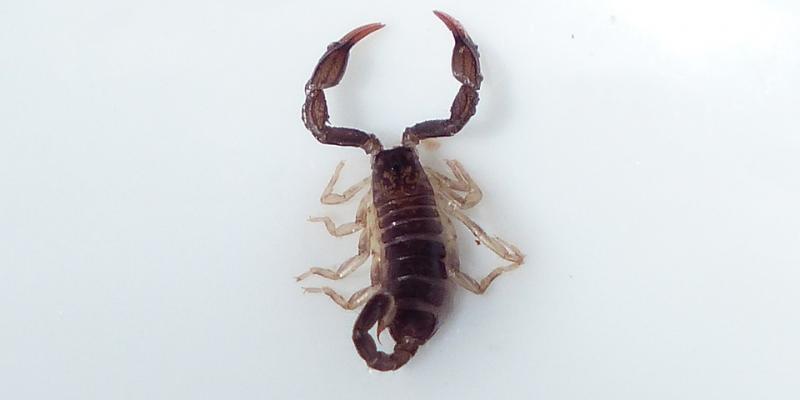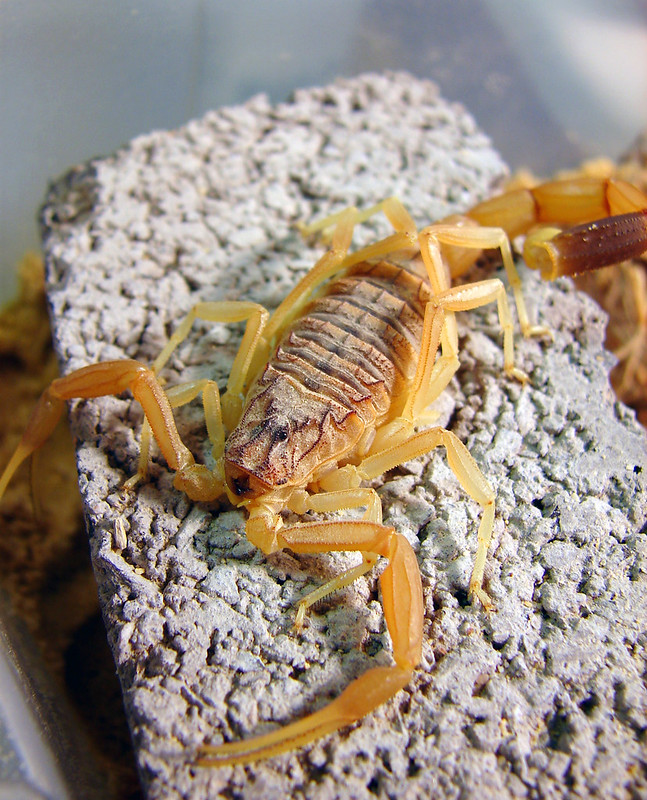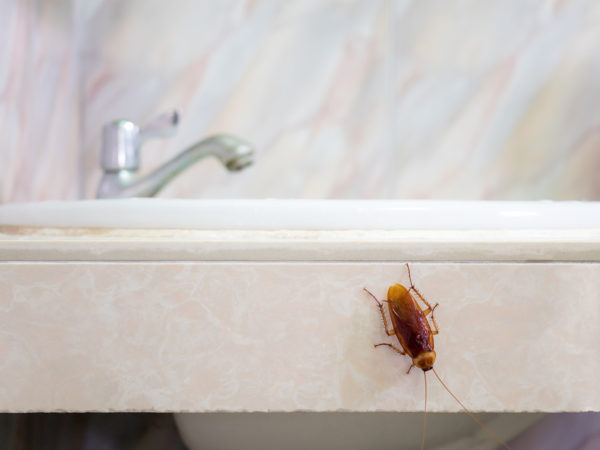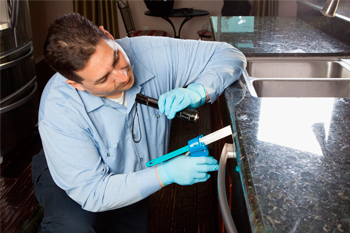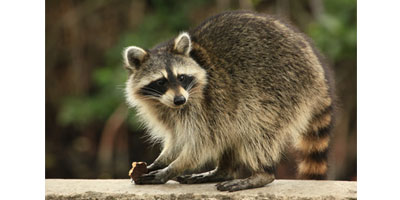Your Next Rodent
Roof Rats
What are Roof Rats?
The roof rat is the smaller of the two commensal rats, as the Norway rat is larger in size. Roof rats are also referred to as black rats or ship rats. The roof rat gets its name from its tendency to find shelter in the upper parts of buildings. Once inside, roof rats not only damage materials by gnawing through them, but they also contaminate stored food and serve as vectors of dangerous diseases.
Roof rats are thought to be of Southeast Asian origin, but they are now found worldwide, especially in the tropical regions. Roof rats are common in coastal states, seaports and the southern third of the country.
What Do Roof Rats Look Like?
Roof rats are long and thin rodents that have large eyes and ears, a pointed nose and a scaly tail. Roof rats have soft and smooth fur that is typically brown with intermixed spots of black. Their undersides are often white, gray or black.
Adult roof rats measure 6-8” (16-20 cm) when combining their head and body length. Their tails are notably longer than their heads and bodies, measuring 7-10” (19-25 cm). This means that roof rats can measure more than 40 cm long. They usually weigh 5-9 ounces (150-250 g), but can grow up to 12 ounces (340 g).
Signs of an Infestation
There are many key indicators of a roof rat infestation in the home. First and foremost, seeing an actual rodent, dead or alive, is a telltale sign of a potential roof rat problem. Another common sign of a roof rat infestation is the presence of droppings around the home. Fresh roof rat droppings are soft and moist, whereas old droppings are hard and dried. The droppings usually measure about ½” (12-13 mm) and have pointed ends. Droppings from Norway rats are larger – measuring about ¾” (18-20 mm) with blunt ends. The discovery of gnaw marks, damaged goods, nests or greasy rub marks also indicates roof rat activity. Other common signs of an infestation are noises in the attic or house walls and damaged electrical wires. T
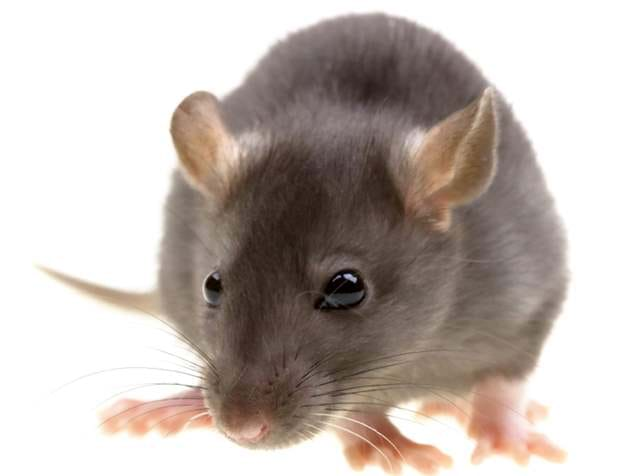
Rats and Mice
Rats and mice can be found in and around every town and farm in the country. It is estimated that there is one rat for every person living in the United States. Rodents have followed man to almost all parts of the world. They have no respect for social class; they are equal opportunity pests.
Rats and mice are so closely linked to man they are called domestic rodents. Man supplies their three basic needs: food, shelter, and water.
Rodents are a threat to health, and they interfere with our economic and physical well being.
They are destructive pests and serious safety hazards.
They start fires by gnawing on electric cables. The next time you hear the phrase “fire of unknown origin,” think about rats and mice.
They eat large amounts of food, and they contaminate even more with their urine, feces, and hair. At least 20 percent of the world’s food is eaten or contaminated by rats and mice each year.
They damage structures, books, furniture, even appliances, through gnawing and burrowing.
Worse, they spread disease to humans and other animals through their bite, by transporting fleas, lice, mites and ticks, and by leaving their droppings in food and other materials that humans contact. Rodents are vectors for bubonic plague, rat bite fever, leptospirosis, hantavirus, trichinosis, infectious jaundice, rat mite dermatitis, salmonellosis, pulmonary fever, and typhus. Mice have been linked to asthma.
Rats will bite babies in their cribs, because the smell of milk or other food on the baby is attractive to a rat looking for food. A clean baby in a clean crib is a lot safer from rat attack. To protect your baby, take the bottle away as soon it’s finished, and wash its hands and face. Do the same for any disabled or elderly persons in your household who cannot care for themselves.
Rodents can be found in our homes, supermarkets, restaurants, livestock pens, and farm fields. Warehouses, grain mills, elevators, silos and corncribs are especially vulnerable to rodent infestation. Rodents will eat anything man or his livestock eats. They are active at night. Rats are seldom seen during the day except when populations are exceedingly large. Rats and mice can crawl through very small crevices, which makes it hard to confine their movement. Even if you can’t see them, you may hear them moving after dark. If your pet paws at a wall or cabinet it may be after a lurking rodent. Cats and dogs are not much of a deterrent to rodents, however.
Usually, the first clue of a serious rodent problem is their droppings on the kitchen counter, in kitchen drawers, cabinets, or the pantry. When one dwelling is infested, it’s likely the immediate neighborhood is, too. That’s why rodents are so difficult for one homeowner to control. Rodents are a community problem. Effective control necessitates that all homeowners in a community work together to eliminate sources of food, water, and shelter. Rodents are persistent in their efforts to invade the home, but you can deal with them effectively if you know their capabilities.
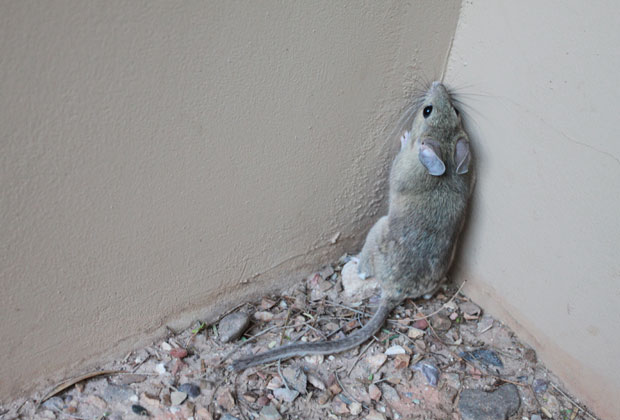
A complete guide to getting rid of rats – forever!
Rats in the chicken coop are a risk. Extermination sounds cruel, but is essential for your flock’s health – and yours. Please note: Backyard chickens and rodents do not automatically go together. Rats and grain, however, do.
Good husbandry is very important – and very effective – at keeping vermin at bay. Get rid of them first, using one of these methods, and then make sure they don’t return by getting rid of uncovered grain.
My aim? To help you decide which one is best for your circumstances. Having rats in the chicken house is something no-one wants to see. And telling the difference between rats and mice is not always easy.
I was so sure I could never have a rodent problem, so convinced it was just one little weeny mouse who just needed a bit of warmth in the winter. So by the time I accepted I had rats in my coop there was an infestation of three separate nests with dozens of rats. It proved incredibly hard to deal with.
Options for getting rid of rats.
I’m neither advocating nor opposing any of these methods, with one exception. I’m just outlining the most common methods of rodent extermination and assessing them. Some I have used personally, others I have discussed with rodent control officers

Ways to Get Rid of Mice
Say goodbye to Stuart Little! A mouse infestation can be enough to make anyone skittish. Those pesky critters can carry a plethora of dangerous diseases and cause plenty of damage to your home, tearing up walls and wiring. But never fear, you can win the war
Mice can squeeze through a hole the size of a nickel, so you need to carefully inspect your home’s interior and exterior walls as well as the foundation for holes. Large holes or cracks should be repaired; small ones can be filled with steel wool or copper scouring pads. Secure the plug to the sides of the hole so the mice cannot pull it out.
Replace cracked or broken weatherstripping around doors and windows to ensure that pests (and drafts) cannot enter. Cover the dryer vent or any other exterior vents with 1/4-inch hardware cloth. Make sure to seal up any spaces around window- or wall-mounted air conditioners
Mice won’t stick around a home that doesn’t offer a steady supply of food and water, so get rid of the obvious sources of sustenance first. Store all food (especially pet food and birdseed) in airtight containers, wipe up stovetop spills promptly, and fix any leaky faucets. Equally important, seal all trash cans tightly, and empty frequently. Then move your exterior trash cans as far away from your home as possible to avoid attracting pests.
Keeping the outside of your home clean and tidy removes potential hiding places for mice around the house, garage, and yard. Don’t allow weeds, brush, or trash to pile up near your foundation, and keep firewood well away from the house.
How to Get Rid of Rats
People don’t often see rats, but signs of their presence are easy to detect. It’s important to know which species of rat is present in order to choose effective control strategies. A successful rat control strategy typically includes three elements: sanitation measures; rodent proofing; and population control (trapping).
Sanitation measures: The most effective rat control begins with prevention. Trash should be disposed of properly, and sanitary conditions should be impeccably maintained. Both human and pet food is an incentive for rodents and should be kept in tightly sealed containers. Any standing water or moisture leaks should be addressed and/or repaired. Wood piles and other rodent shelter sites such overgrown weedy areas should be eliminated. In order to address an existing rat population, it is necessary to identify and eliminate their feeding, drinking and dwelling sites
Rodent-proofing your home: The most permanent form of rodent control is to limit food, water, shelter, and access to buildings. Rats are capable of squeezing through holes that appear to be much too small for them (as small as a quarter) so even very small holes should be sealed to prevent entry and reentry of rodents
Prevention begins by implementing the following:
Seal all possible entry points against rodent entry, such as sewers and air vents;
Repair or replace damaged ventilation screen around the foundation and under the eaves;
Provide a tight-fitting cover for the crawl space;
Seal all openings around pipes, cables, and wires that enter through walls or the foundation;
Be sure all windows that can be opened are screened and that the screens are in good condition;
Since rats often enter by climbing trees and coming through broken screens or vents make sure internal screens on roof and attic air vents are in good repair;
Cover rooftop plumbing vent pipes in excess of 2 inches in diameter with screens over their tops; and
Make sure all exterior doors are tight fitting and weatherproofed at the bottom
Population Control: Trapping is the safest and most effective method for controlling rats in and around homes and other structures. Because snap traps can be used over and over, trapping is less costly than poison baits but is also more labor intensive. Although there are a variety of types of traps (e.g., the simple, wooden trap, the newer plastic single kill traps, etc.), finding the best locations to set traps is often more important than what type of trap is used. However, because rats tend to avoid unfamiliar objects, it is often necessary to enlist the services of a local pest control professional when attempting to control an existing rat population.

